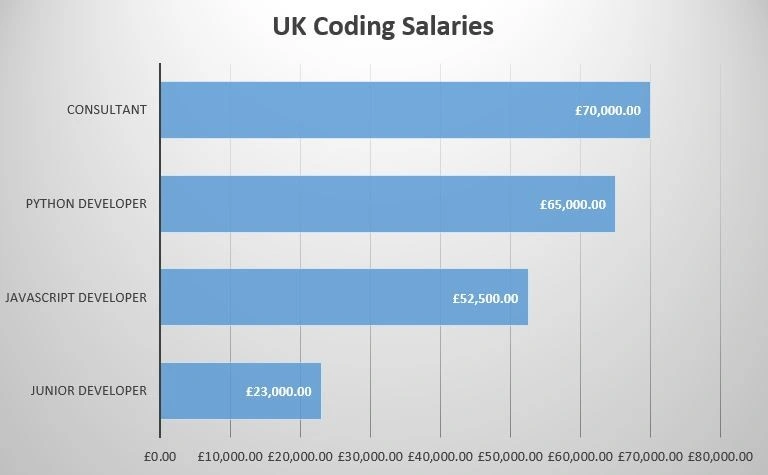Blog - Augmented Reality (AR) – Coding for the Future
The future is coding. With the emergence and evolution of virtual reality and augmented reality, there is no doubt that these are going to feature heavily in the future of the entire world. Augmented reality has the ability to be incorporated into so many aspects of our daily life. It’s being heralded as the way forward for technology.
What’s the difference between VR and AR?
Virtual reality (VR) and augmented reality (AR) are becoming commonly heard terms that are sometimes mistakenly used interchangeably. In truth, there is a very distinctive difference between the two. So what’s the difference between VR and AR?
Virtual reality literally creates an entirely separate reality in a virtual space, to replace what is actually in front of you. This is a fully immersive experience that completely shuts out the physical world. VR headsets are specifically designed to block out your surroundings and give you the impression that you’re in a different location.
The definition of augment is “make something greater by adding to it”. This is precisely what augmented reality does. AR adds to the physical world by combining it with virtual elements. These elements are superimposed over the area of the outside world that is being captured by the camera of the AR device. Although less immersive, many AR apps are more accessible because they can be used on smartphones and tablets.
What is WebAR?
WebAR is set to be the next big thing in altered reality. As its name suggests, it is web-based augmented reality. In other words, WebAR is an AR experience that is accessed via a web browser instead of an app. All you need is your smartphone or tablet, your preferred browser, and an active internet connection.
The main advantage of WebAR is its accessibility. It can run on most browsers and this means that it does not require a specific device type or model. One of the downsides of app-based AR is that it typically requires a sizeable download, a higher-end device, and regular updates. This can be costly and exclude many people from the experience.
WebAR is more readily and easily available to larger numbers of people. This increased reach means that it’s more relevant and beneficial for a wider number of uses and applications. The features of WebAR are currently limited mostly to video, basic animations, and a moderate degree of interactivity, but it’s still early days. Enjoy a basic interactive example here and keep an eye out for upcoming WebAR announcements as its functionality is enhanced.
What is coding?
At its most basic definition, coding is using a programming language to write script that can be understood by devices such as computers, smartphones, and tablets. The script written in various coding languages tells the device what to do and how to perform.
There are numerous coding/programming languages and the best coding languages to learn are those that are most commonly used. Some of these are:
Python coding
HTML
CSS
Java
C#
JavaScript
To see a real-life and real-time example of coding, follow these simple steps:
Right-click on a blank space somewhere on this page
Select the option labelled “View page source” and click on it
Depending on your browser, a side panel or a new tab will open
In this panel or tab, you can see the code for this web page
Coding for beginners can seem daunting, however, coding courses online can offer a step-by-step approach to learning coding languages. If you’re interested in a career creating computer software, apps, websites, video games, and so much more, then investing in coding certifications is your starting point.
How you can benefit from a career in coding
By the year 2022, it is predicted that there will be a shortfall of at least 500,000 qualified coding professionals. At the current rate of technological advancement, that figure is very likely to increase. New technology is emerging rapidly and this guarantees a steady stream of work for those with leading coding certifications.
Coders and professional web developers also enjoy financially rewarding careers. Salaries in this industry have demonstrated an average annual increase of 12%. Entry-level coding jobs can offer salaries of £23,000, while experience can lead to salaries as high as £70,000. This is a very stable career choice with ample opportunities and steady advancement.

As well as providing you with quality coding courses online, you deserve a training provider that will support and guide you throughout your studies. Choosing a modern, reliable, and knowledgeable training provider will ensure that you learn the best coding languages for your career.
Like this project
Posted Jan 19, 2024
Coding career blog written for IT Career Switch, a UK-based online training/e-learning provider.
Likes
0
Views
30





